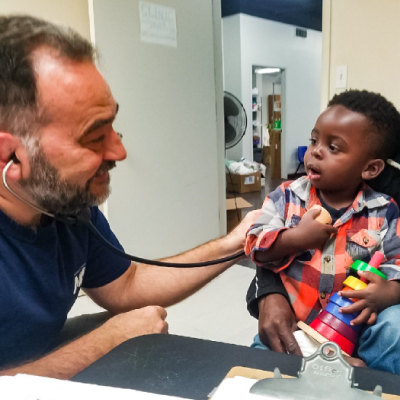- Who We Are
- Clinician Employment
- Publications
- Witness to Witness (W2W)
- El Premio Kugel & Zuroweste a la Justicia en la Salud
- Your Voice Matters: Photovoice Project
Wed, 12/02/2015 | by Ileana Ponce-Go...

 In the United States, a hunger crisis is taking place, and it is likely to get even worse. As of 2012, 49 million Americans suffer from food insecurity, defined by the US Department of Agriculture (USDA) as lack of access to “enough food for an active, healthy life.” Nearly one-third of those afflicted are children.
In the United States, a hunger crisis is taking place, and it is likely to get even worse. As of 2012, 49 million Americans suffer from food insecurity, defined by the US Department of Agriculture (USDA) as lack of access to “enough food for an active, healthy life.” Nearly one-third of those afflicted are children.
Millions of those in crisis don’t even have access to food stamps, according to a new report from the anti-hunger organization Feeding America. Despite our wealth of resources, children in the US go to bed hungry.
The US Department of Agriculture specifies that a food insecure household is one in which access to adequate food is limited by a lack of money or other resources. But the question of food security may not always come to the surface in the exam room, even though food insecurity is a health issue. To respond to this epidemic of food insecurity, the American Academy of Pediatrics issued a new policy statement with the following two screening questions, which was published in the November issue of Pediatrics.
1. Within the past 12 months, we worried whether our food would run out before we got money to buy more. (Yes or No)
2. Within the past 12 months, the food we bought just didn’t last and we didn’t have money to get more. (Yes or No)
 This is the first time that the AAP has recommended screening all children for food security. The policy statement also reveals the many short- and long-term adverse health impacts of food insecurity. Importantly, the AAP “recommends that pediatricians become familiar with and refer families to needed community resources, and advocate for federal and local policies that support access to adequate, nutritious food,” according to their press release.
This is the first time that the AAP has recommended screening all children for food security. The policy statement also reveals the many short- and long-term adverse health impacts of food insecurity. Importantly, the AAP “recommends that pediatricians become familiar with and refer families to needed community resources, and advocate for federal and local policies that support access to adequate, nutritious food,” according to their press release.
Children who struggle to get enough food also struggle with poorer overall health, getting sick more often, recovering more slowly, and being hospitalized more frequently. They may have lower bone density and other complications from malnutrition.
But the struggles don’t end with physical health. Children in food insecure households are also more likely to experience a lot of stress or experience depression, particularly migrant and refugee children.
Migrant Children
While food insecurity is an issue for children of all walks of life across the US, it may hit migrant children harder. Research suggests that food insecurity is higher among less acculturated immigrants— those who have limited English proficiency (LEP), are noncitizens, or have more recently arrived in the United States. Migrant agricultural workers’ low wages and low access to resources may contribute to higher incidents of food insecurity; substandard housing may reduce storage for food or cause early spoilage of food without refrigeration. However, because of our limited knowledge on migrant health overall, we are unable to determine what percentage of migrant children are affected by food insecurity. Migrant parents at health centers may not identify themselves as such due to language barriers, fears of revealing documentation status, or other reasons. As is the case in many realms of migrant health, thoroughly and properly identifying migrants is an essential first step in identifying food insecure migrant children.
Clinicians Take Part
We invite you to share your own health center’s approach to food insecurity, in children from the general population as well as from migrant families. Please take our short three-question survey here.
by Ileana Ponce-Gonzalez, MD, MPCH, CNC, Senior Advisor for Scientific and Strategic Planning at Migrant Clinicians Network
Like what you see? Amplify our collective voice with a contribution.
Return to the main blog page or sign up for blog updates here.







